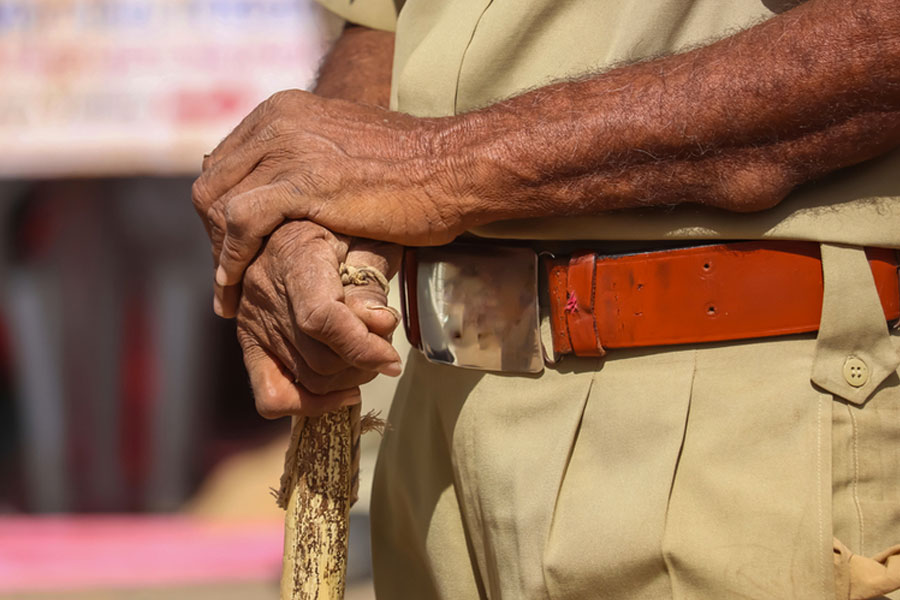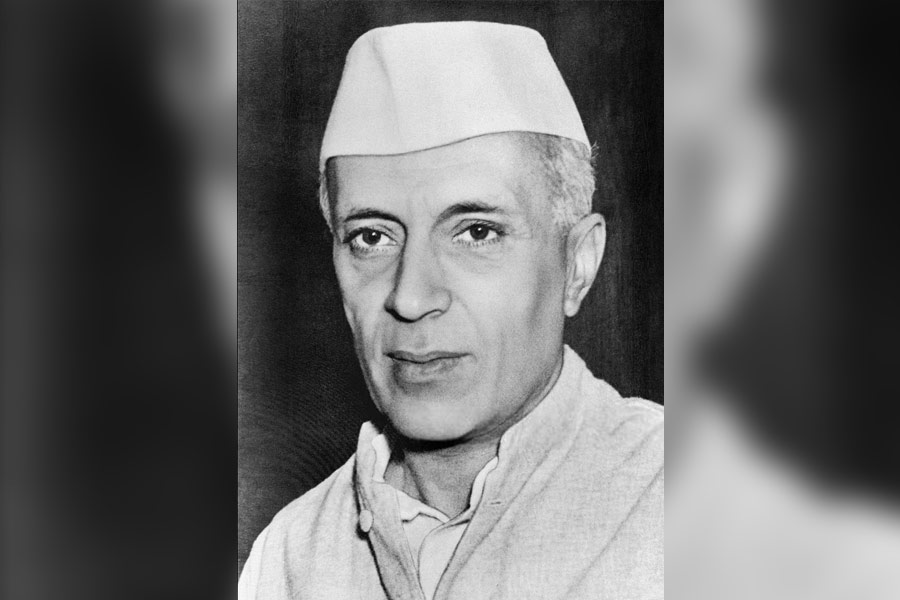 |
| Sand being loaded onto a truck along the banks of Umtyngngar river on Friday and (right) a stone quarry along the Shillong-Pynursla-Dawki road in East Khasi Hills. Telegraph pictures |
Shillong, Aug. 9: If an image is worth a thousand words to realise the gravity of the impact of unabated sand mining on water bodies, then one may not have to travel too far away from the comforts of the city to discover the sobering truth.
At ground zero — Umtyngngar river along the Shillong-Pynursla-Dawki road — where scribes today undertook a tour along with members of the Meghalaya People’s Environment Right’s Forum, one could see the impact of sand mining along the river, and stone quarrying by cutting the roadside hills.
The mud-spattered river converges with the Umiew, which then flows to the Mawphlang dam from where the Greater Shillong Water Supply Scheme is being put into operation.
As the name suggests, the scheme provides drinking water to the inhabitants of the city and its neighbouring areas.
The visit was undertaken a few days after the National Green Tribunal banned mining or removal of sand from riverbeds across the country without an environmental clearance.
According to the order passed by the tribunal, clearance has to be obtained from the Union ministry of environment and forests or the State Environment Impact Assessment Authority before sand mining from riverbeds can be undertaken.
The order states that besides being a threat to the environment, illegal sand mining causes a huge loss to the state exchequer, running into several crores of rupees.
The tribunal order is an extension of a Supreme Court ruling in 2012. It stipulates that lease of minor minerals, including their renewal for an area of less than five hectares, should be granted by states/Union Territories only after getting environmental clearance from the Union ministry of environment and forests.
With a majority of the land in the state owned by individuals and the community, stone and sand have been quarried with impunity in various places, leading to drying up of several catchment areas.
In Meghalaya, the State Environment Impact Assessment Authority was notified last year with former chief secretary H.W.T. Syiem as its chairman.
To assist the authority, the State Expert Appraisal Committee was also notified with D. Wanswett, principal of Synod College, as the chairman.
Sand and stone quarrying have been serving as sources of income to several families for years together.
For instance, while interacting with a daily wage labourer at a quarry situated along the same road, it came to light that at least six trucks of sand are being loaded from the quarry on a daily basis. And each truckload of sand is worth Rs 1,600. There are at least 20 people working in this quarry.
Such quarrying activities may not be outright halted at the moment although sand mining from riverbeds is a big no-no following the tribunal order. However, there is no denying that a strong regulation is required before more mud-spattered rivers surface.
“What we are seeing in Meghalaya is purely a game of shifting responsibilities. There is also an overlapping of jurisdiction, but at the end of the day, it is no one’s baby,” Meghalaya People’s Environment Right’s Forum chairman Naba Bhattacharjee said.
While asking the district councils to step in and act against those who destroy the environment through such activities, he wondered who would implement the tribunal order.
He also said the State Environment Impact Assessment Authority should step in and prepare an environment plan for Meghalaya.
Stating that certain areas maybe identified from where sand and stone can be extracted, Bhattacharjee said vulnerable areas like those along rivers should be protected from mining activities.
Over and above, alternative employment to the affected labourers should be provided to compensate for the loss once sand and stone quarrying is put to an end, he added.
Bhattacharjee also warned that the forum would approach the Supreme Court through a special leave petition if the order is not implemented within 90 days.
“We must not forget what happened in Uttarakhand. When we see this area, we are reminded of Uttarakhand where the landscape and the nature of things being undertaken were similar,” he cautioned.











